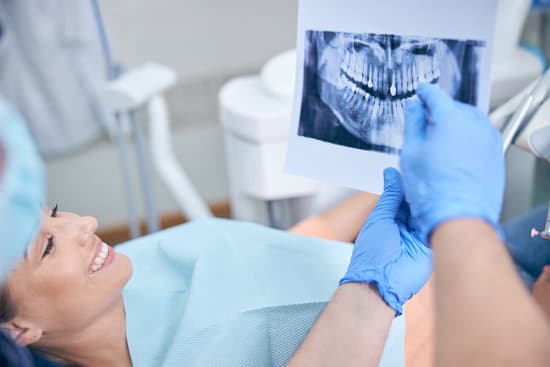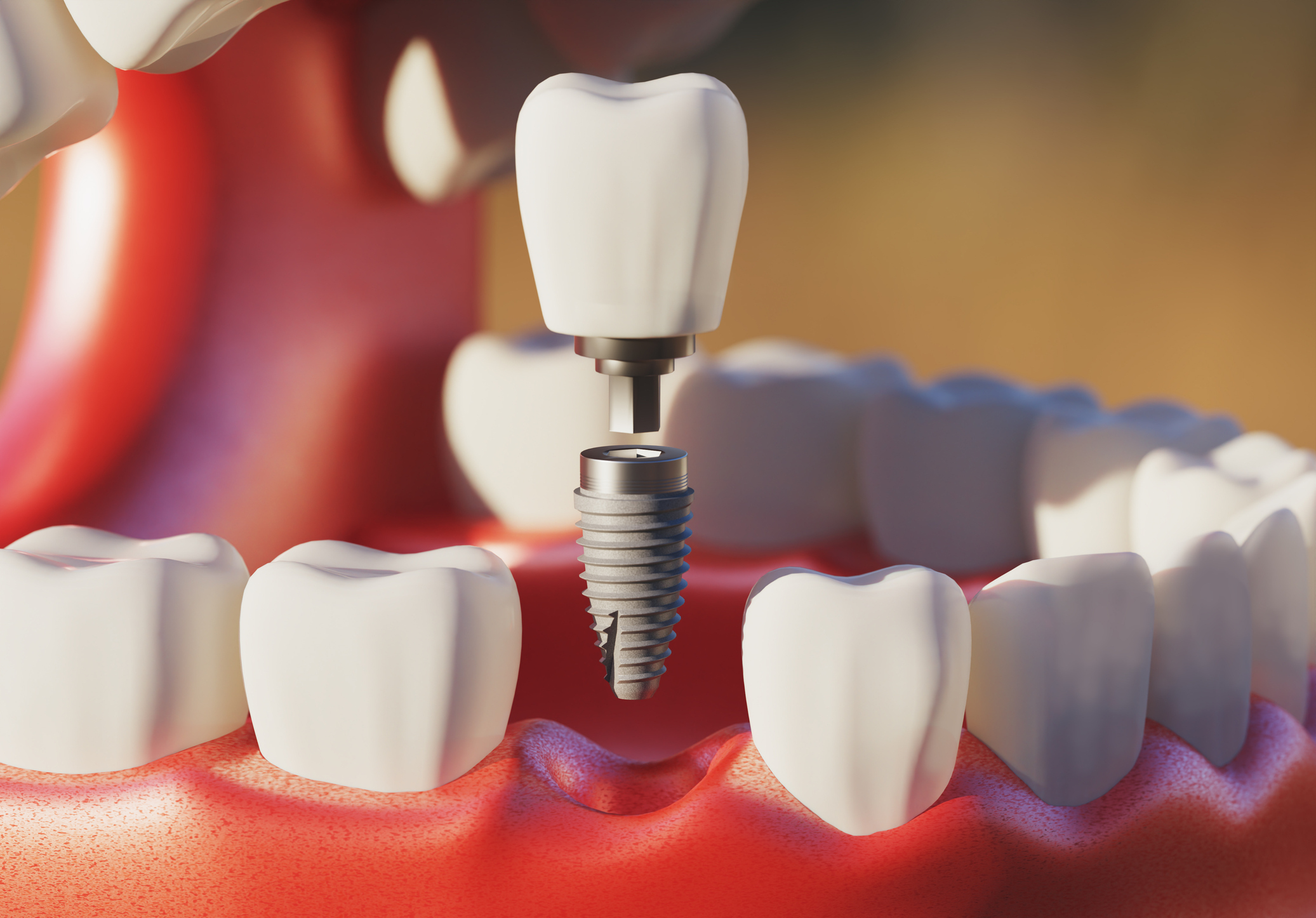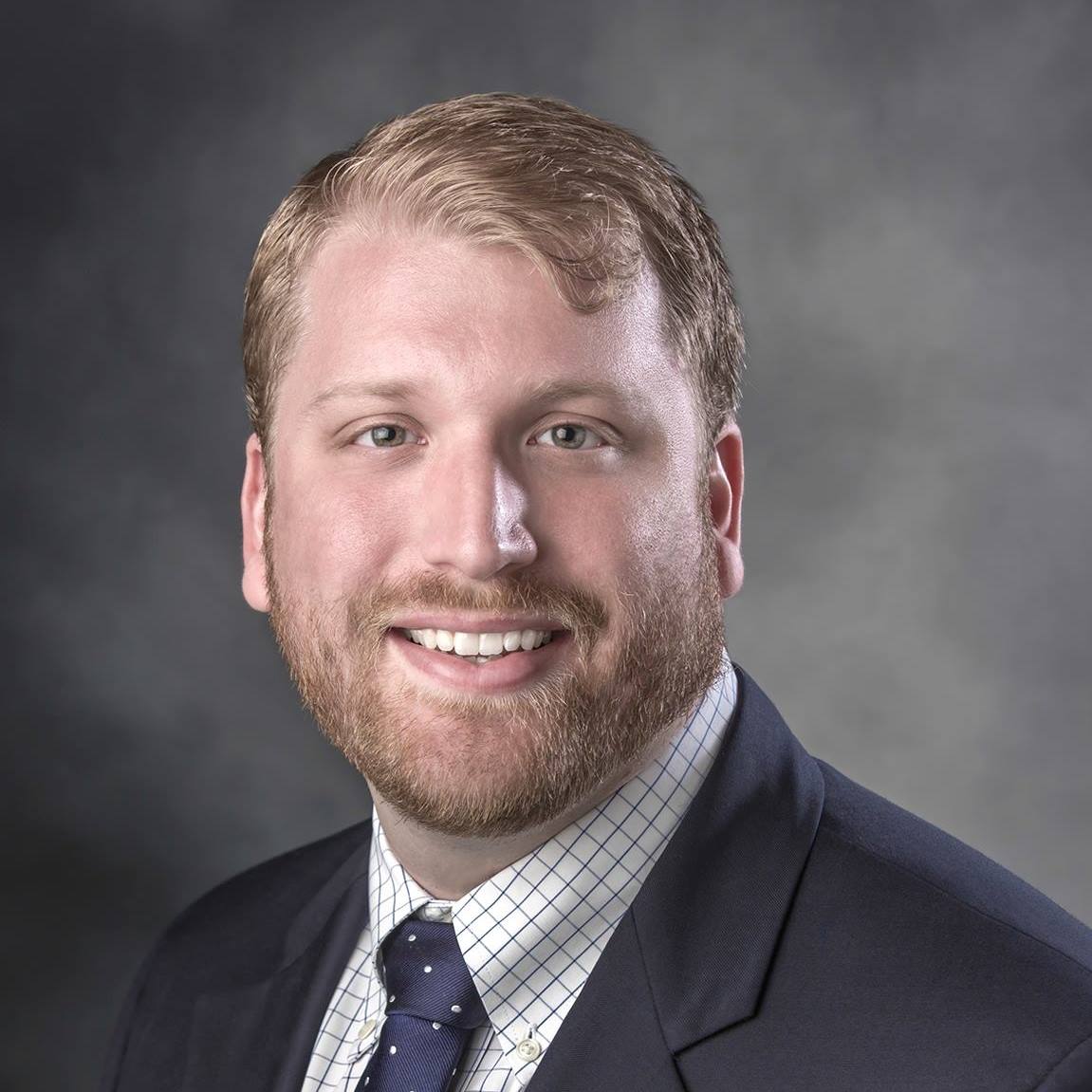Each year more than 10,000 patients in the United States undergo orthognathic surgery, the most common type of jaw surgery performed by oral and maxillofacial surgeons.
“Orthognathic surgery is needed when jaws don’t meet correctly and/or teeth don’t seem to fit with jaws. Teeth are straightened with orthodontics and corrective jaw surgery repositions misaligned jaws. This not only improves the facial appearance but also ensures that teeth meet correctly and function properly,” says Northwest Oral & Maxillofacial Surgery’s Dr. David J. Hoffman.
Orthognathic surgery can involve repositioning the upper jaw, lower jaw, or both, and it may be performed in conjunction with other procedures such as genioplasty (chin surgery) or osteotomy (a surgical operation where a bone is cut to shorten or lengthen it or to change its alignment).
“This procedure is often used to correct jaw malocclusion (bad bite) and jaw asymmetry, and to improve facial aesthetics,” said Dr. Hoffman.
Upper Jaw, Lower Jaw, and Chin Surgery
The Mayo Clinic says orthognathic surgery can be combined with procedures in these three areas:
- Upper jaw (maxillary osteotomy): Performed to correct:
o Significantly receded or protruding upper jaw
o Crossbite
o Too much or too little of the teeth showing
o Open bite
o Reduced facial growth of the middle of the face (midfacial hypoplasia)
- Lower jaw (mandibular osteotomy): Performed to correct:
o Receding lower jaw
o Protruding lower jaw
- Chin surgery (genioplasty): Performed to correct:
o Recessed chin
o Protruding chin
o Reshape the chin for aesthetic reasons
Other Types of Jaw Surgery
Other types of jaw surgeries that oral and maxillofacial surgeons perform include:
- Distraction osteogenesis: This technique is used to lengthen the jawbone by gradually separating the ends of the bone and allowing new bone to grow in the gap. It is used to correct severe jaw deformities and can also be used to correct problems with the jaw after cancer treatment.
- Temporomandibular joint (TMJ) surgery: This type of surgery is used to correct problems with the jaw joint, such as a misaligned jaw or a jaw that is locked in place. It can also be used to correct issues with the muscles or ligaments that control the jaw.
- Maxillomandibular advancement surgery (MMA): This procedure is used to correct sleep apnea by repositioning the upper and lower jaw forward, which increases the size of the airway.
- Skeletal surgery: This type of surgery is used to correct a wide range of skeletal issues, including congenital defects and injuries.
Why Patients Seek Jaw Surgery as a Corrective Option
The Mayo Clinic says that jaw surgery can be a corrective option if the patient's jaw problems cannot be resolved with orthodontics alone.
“Jaw growth is a gradual process, and, in some instances, the upper and lower jaws may grow at different rates. The result can be a host of problems that can affect chewing function, speech, long-term oral health, and appearance. Injury to the jaw and birth defects can also affect jaw alignment,” says Dr. Hoffman.
The Mayo Clinic lists the following reasons to seek jaw surgery:
- Make biting and chewing easier and improve chewing overall.
- Correct problems with swallowing or speech.
- Minimize excessive wear and breakdown of the teeth.
- Correct bite fit or jaw closure issues, such as when the molars touch but the front teeth don't touch (open bite).
- Correct facial imbalance (asymmetry), such as small chins, underbites, overbites, and crossbites.
- Improve the ability of the lips to fully close comfortably.
- Relieve pain caused by temporomandibular joint (TMJ) disorder and other jaw problems.
- Repair facial injury or birth defects.
- Provide relief for obstructive sleep apnea.
Statistics on Orthognathic Surgeries in the United States
Thanks to a comprehensive study in 2008, we have a glimpse at orthognathic surgeries in the United States.
An article in the Journal of Oral and Maxillofacial Surgery summarized the study:
- There were 10,345 hospitalizations for orthognathic surgery during the year in the United States.
- The average age of the hospitalized orthognathic surgery patient was 26.7 years old.
- Private insurance plans were the primary payers for 77.3 percent of all procedures.
- Segmental osteoplasty of the maxilla was the procedure performed most often (45.8 percent of all hospitalizations), followed by open osteoplasty of the mandibular ramus (31.7 percent).
- Complications included:
o Iatrogenic-induced complications (1.5 percent of all hospitalizations)
o Hemorrhagic complications (1.2 percent)
o Bacterial infections (0.6 percent)
- The mean charge per hospitalization was $47,348.
- The mean hospital length of stay was 2.95 days.
The study hospital stay is in line with the Mayo Clinic’s estimate that the average orthognathic surgery requires a 2 to 4 -day hospital stay.
Initial jaw healing will take about six weeks with complete healing taking up to 12 weeks.
“After initial jaw healing — at about six weeks — your orthodontist finishes aligning your teeth with braces. The entire orthodontic process, including surgery and braces, may take several years. Once the braces are removed, retainers to hold tooth position may be used,” said The Mayo Clinic.
Contact Northwest Oral & Maxillofacial Surgery today to consult with our board-certified surgeons about your orthognathic surgery and other jaw surgery options.







